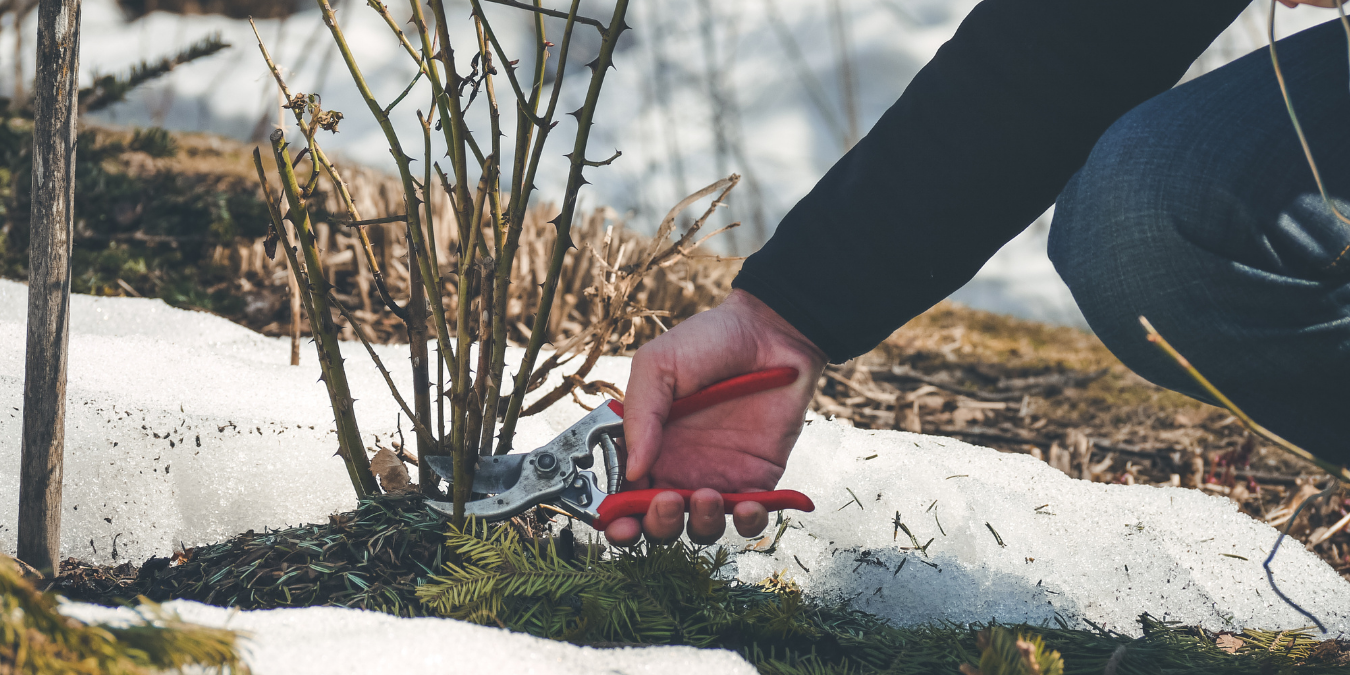For growers looking to save money on water and make their garden more eco-friendly, there’s no better way than rainwater harvesting. Depending on how much rain your neighborhood gets in a year and how much square footage you have on your roof, you could even fully replace your water source with the right setup. If you’re curious about the benefits and common methods of collecting rainwater, read on to learn more!
Benefits
Collecting rainwater offers many rewards, but the most notable is that rain is a free and relatively clean source of natural water. In addition to being safe and cost-effective, rainwater collection is a great way to reduce the environmental impact of outsourcing water and storm runoff.
And while you may think that rain is just water, rainfall contains trace nutrients, including nitrogen, phosphorus, potassium, calcium, and magnesium, that plants love. Rainwater is also better for your grow than tap water because it doesn’t include chlorine and fluoride!
Uses
There are many places you can put your collected rainwater to good use, including but not limited to:
Watering
Lawn, garden, and houseplants all prefer rainwater to tap water.
Washing
Vehicles, driveways, and even pets!
Refilling Water Features
Including ponds, fountains, and swimming pools.
Non-Potable Water
For use in things such as toilets and washing machines.
Potable Water
Consumable if adequately filtered and disinfected.
How to Collect
Rainwater is best collected as runoff from your home’s roof. There are DIY and store-bought solutions for collecting rainwater that typically fall into three categories:
Rain Barrel
Rain barrels are simple and easy to set up beneath your gutter or downspout. Because barrels can be purchased or recycled from many sources, this is a very cost-effective method to get your rainwater catchment system started. Typically, rain barrels have less storage space, which can result in some runoff and waste, but it also means that they can be placed just about anywhere around your home.
Dry System
With a larger rain barrel and a pipe setup, you can have a dry system to collect rain easily and cost-effectively. The runoff from the gutters drains directly into the barrel, with the collection pipe drying between storms. These systems are great for climates where rainfall is infrequent and larger storage is needed. However, the tank must be located directly next to your home, so your choice of placement may be limited when using larger barrels.
Wet System
By far the most potentially costly method, a wet system involves a system of pipes below ground, allowing you to collect rain from multiple sources in a catchment area that can be situated at a distance from your home. The underground pipes stay wet, emptying into the barrel when they overfill, meaning the system has to be watertight, so waste doesn’t occur.
Tips and Tricks
There are a few things you can add to your catchment system to ensure that the rainwater you collect is as clean and free of debris and pests as possible, as well as easy to use:
Water Level Indicator
This shows the level of water in the tank.
Gutter Screens
Reduces debris that make their way into your tank or barrel.
Tank Screen
Keeps pests and bugs like mosquitoes from contaminating your water supply.
First Flush Diverter
Keeps the first wave of water from entering your tank, thus reducing the amount of debris and contaminants that enter your tank from the first rain on a dirty roof.
Pump System
Pressurizes the water to distribute it with ease.
Auto-Fill System
Keeps a minimum amount of water in the tank at all times to keep pumps from going dry.
Local Laws
While there are no laws or restrictions regarding rainwater collection on a federal level, each state has a different take on this practice. Be sure to check the legality of rainwater catchment in your state and make yourself familiar with any potential restrictions that limit your collection.
Buckets of Rain
It’s clear that the many benefits of rainwater collection outweigh the potential costs of setup. With the right system, you could fully replace your water supply with a clean source of hydration that is both eco-friendly and cost-effective.
Check out our blog for more tips, and read about drought-resistant landscaping to learn how to be even more efficient with your water use!




